Abstraction Pendant Light by Perhacs Studio
We all find nature to be one of mankind’s most inspiring muses. Frank Lloyd Wright’s Falling Water house and Antoni Gaudi’s La Sagrada Familia cathedral are some of the most famous pieces of architecture, and in the world of interior design, the same range of elemental to ornate styles are emitted through lighting, furniture and other decorative pieces to “bring the outdoors in”.
Abstraction Pendant Light – winter branches in red/white. Designed by Perhacs Studio.
Together, the Eight Laser-Cut Branches Bring a Certain Lightness into the Elemental Design of the Abstraction Pendant Lamp by Perhacs Studio.
Notice how the Abstraction pendant light of the the Northwestern US-based Perhacs Studio uses not only the look of precise, cut leaves or branches but also a controlled feeling of modularity. Designed by Brandon Perhacs, he made the lamp of just eight laser-cut pieces that takes on an artistic elegance found in the forest. It reminds us of Tord Boontje’s lighting designs of Garland and Icarus (both for Artecnica) which use nature-inspired pieces to create masterful pendant lights.
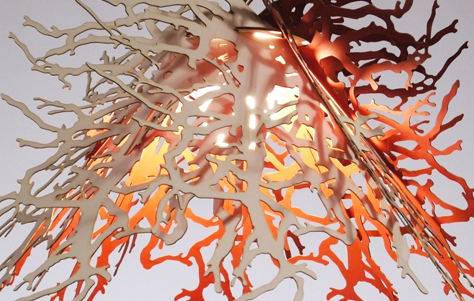
As Perhacs states of his Abstraction pendant light, “all of the ‘leaves’ are interchangeable with the other colors and shapes in the series, allowing many different creative designs.” As well as being offered in red and white, the lamp also comes in a solid white color, with both constructed using a renewable cotton mat material, a 15′ black cordset for the bulb with a plug and toggle switch. All in all, the 8-part shade measures 19″ x 20″ x 20″.
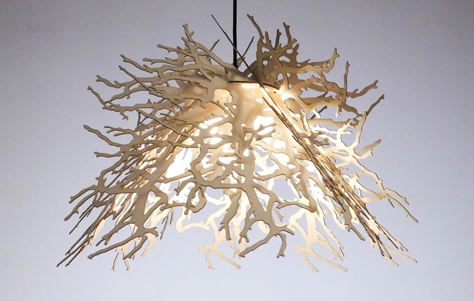
Abstraction Pendant Light – winter branches in white. Designed by Perhacs Studio.
In white winter branches or zestful red and white branches, the Abstraction pendant light by Perhacs Studio draws us in with it’s nature-born aesthetic and quick, easy construction that can hang effortlessly above any room for an inspiring effect in itself.
About the Designer: Born and raised a NW lad, the Bainbridge, Washington-based designer Brandon Perhacs has developed Perhacs Studio, his own design company that focuses on sustainability through product design, packaging, lighting, furniture and interiors. As he states, Perhacs gets the majority of his inspiration “from organic forms and systems of nature,” that he sees as a “physical poetry”.
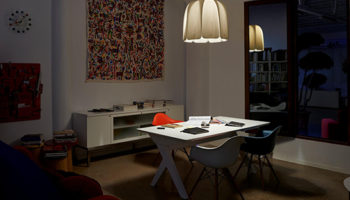
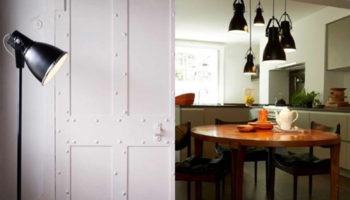
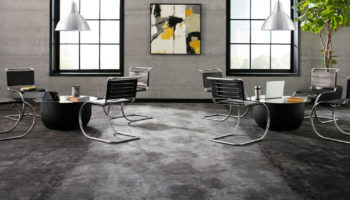
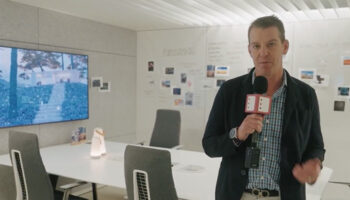
Leave a Reply